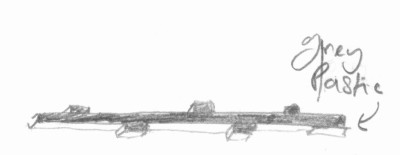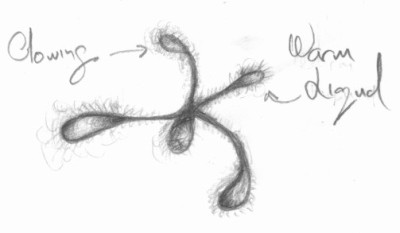The Two Loves
Today I'm thinking of love, after Robert Louis Stevenson described it as romantic kindness (or something like that). I think there are two sorts of love.
Neuroelectrical love. This is broadly getting used to someone or something. There was a character in Star Trek The Next Generation called Tasha Yar who died, and the robot character Data missed her, and said something along the lines of "my brain had become accustomed to her sensory input", and that sums up neuroelectrical love. As you get used to someone or something, this attachment builds up positive pathways in the brain (assuming that the contact is positive). Slowly, that, plus an accretion of shared positive experiences causes you to love the person or thing. I mention the word thing often because this is the sort of love one feels for objects, "I love my car" or "I love raspberries". The association is pleasant and becomes part of ones neurology. This can apply more strongly to people and pets, and should they vanish, the pathways are disrupted, which causes anxiety.
This love is made of grey plastic that is like the plastic Airfix kits are made from, but quite soft, almost as soft as rubber so that teeth may impress it. It's the shape of a railway track but seen from the side, with occasional lugs like key-like irregular crenellations on a castle wall.

 Books
Books
 Poetry/Lyrics
Poetry/Lyrics
 Essays
Essays

